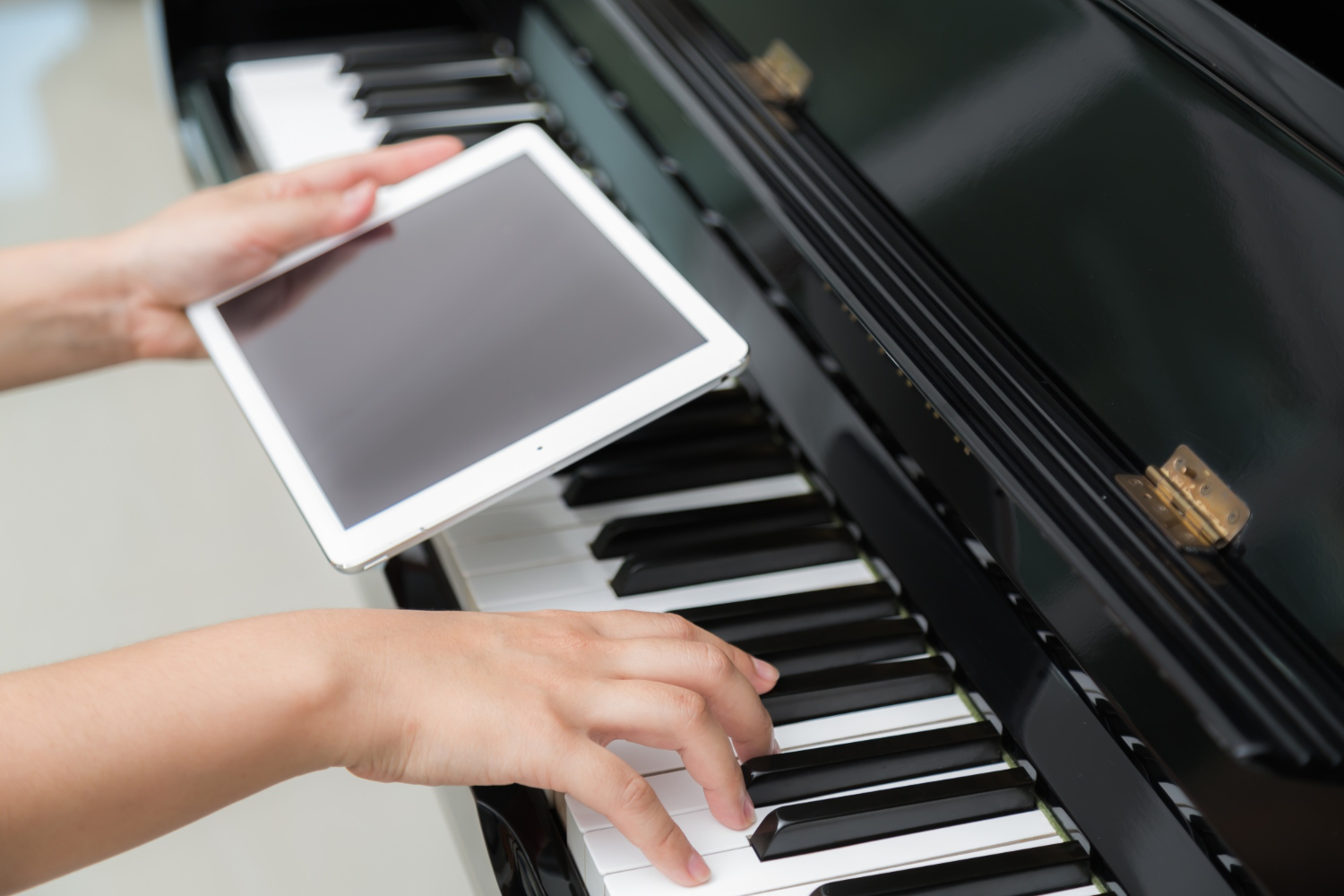For more than 120 years, Yamaha has consistently manufactured high-quality, innovative pianos around the world.
However, it wasn’t until 1983, when the company released its first YP-40 digital piano, that Yamaha garnered acclaim for blending cutting-edge technology with a commitment to delivering an authentic playing experience.
In this article, we will be delving into how Yamaha has advanced its digital pianos over the past 30 years, looking at the models and series available, how to choose the right one for your needs, and essential maintenance tips to ensure the longevity of your chosen example.
The advancements in Yamaha digital pianos
Throughout history, Yamaha has been at the forefront of digital piano technology, recognising the needs of modern pianists and continually pushing boundaries to offer musicians the best possible playing experience.
The Pure CF Sound Engine technology is one of the manufacturer’s most notable advancements, resulting from years of piano-making history combined with state-of-the-art sampling and expertise.
This technology seamlessly captures the rich and resonant sound of Yamaha’s infamous concert grand pianos to ensure each note is authentic.
The Pure CF engine, alongside the AWM (Advanced Wave Memory) sampling system, which creates the realism of an acoustic instrument, is used in most of their portable digital pianos.
However, Yamaha focuses on not only the quality and accuracy of sound but also the feel of its digital pianos.
Yamaha’s Graded Hammer Standard (GHS) and Graded Hammer 3 (GH3) key actions are designed to accurately replicate the feeling of an acoustic piano.
By providing a responsive touch that varies in weight from the higher and lower registers, players can experience a more realistic playing experience.
It’s the attention to detail in both sound and feel that has made Yamaha an industry leader.
Authentic sound and expressive playing experience
The hallmark of a high-quality digital piano is its ability to accurately and consistently reproduce the rich and dynamic tones of an acoustic piano.
As mentioned, Yamaha is committed to authenticity in every piano, and this is evident in the sound engines found in its digital pianos.
This advanced sound technology ensures that every keystroke produces a beautiful sound that reflects the depth and beauty of an acoustic piano.
Another feature of Yamaha digital pianos is the Virtual Resonance Modelling (VRM) to enhance the expressive playing experience.
This technology simulates the sympathetic vibrations between strings and the resonance of the soundboard to recreate the distinctive sound of a grand piano.
Yamaha digital piano models and series
Yamaha offers a wide range of digital pianos to cater to the needs and preferences of musicians of all skill levels.
The Clavinova and Arius are some of the most renowned series, each offering its own set of unique features.
The Clavinova series is noted for superior sound quality and high-end features, making it a favourite among more seasoned players.
On the other hand, the Arius is designed to cater to experienced players and beginners, providing a balance between advanced playing capabilities and affordability.
Choosing the right Yamaha digital piano
At Markson Pianos, we are proud to offer a collection of some of the best Yamaha digital pianos, and we understand the importance of selecting the right model.
When looking for a digital piano, it’s important to consider the player’s skill level, intended use, and personal preferences.
We often find beginners gravitate towards the Arius series as a result of its user-friendly features. In contrast, more advanced players are drawn to the Clavinova series for its incredible sound and innovative technology.
Maintenance and Care for Yamaha Digital Pianos
All Yamaha pianos are built with love, care, and attention, to ensure their longevity and performance quality, your digital piano will need that same love and care to be maintained.
According to Yamaha’s instructions, regularly cleaning your digital piano is as important as with an acoustic or grand.
When dirt is noticeable, dampen a soft cloth with a diluted solution of neutral detergent and use this to wipe down the surface.
It’s also advisable, as with any piano, to keep your instrument away from direct sunlight and any fluctuations in temperature and humidity within the space.
Sudden fluctuations in the environment where your digital piano is housed can cause long term damage, which is why we advise all customers to keep their instruments in a controlled space.
Find your Yamaha Digital Piano today
Yamaha digital pianos are a true testament to Yamaha’s dedication to innovation and authenticity with every model.
If you are interested in learning more about our diverse collection of Yamaha Digital Pianos, feel free to browse our website or get in touch with our team on 020 7935 8682 or email us at info@marksonpianos.com for more information.

